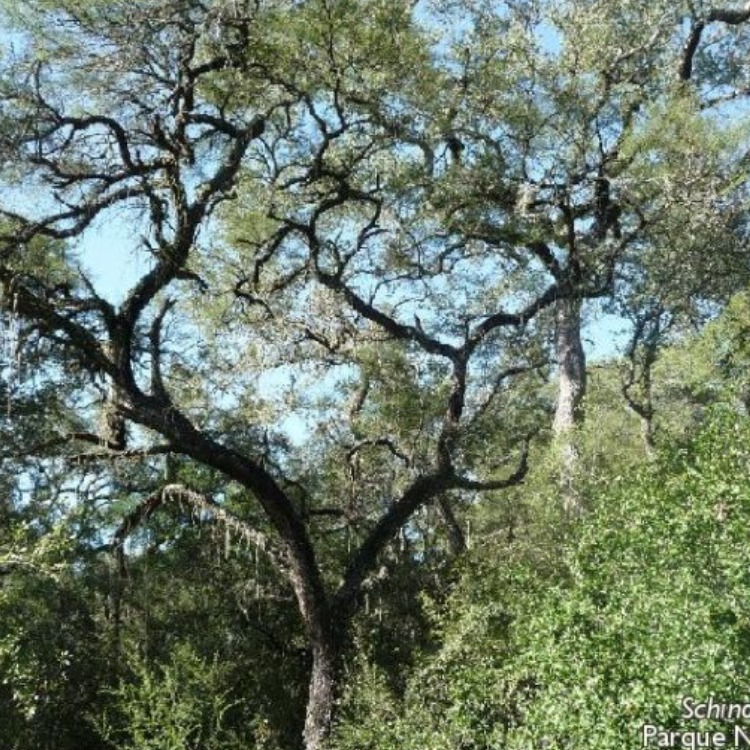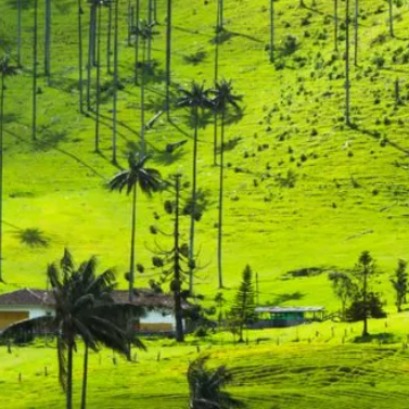
Tree Day in Argentina: What is the origin and why was it chosen on August 29?
The impulse of Estanislao Zeballos to generate ecological awareness in our country. Today the day of the tree is celebrated in Argentina. The countries established different dates to raise awareness about the importance of trees for the life of the planet. What was the origin of this celebration in Argentina? ...
Estanislao Zeballos, an exponent of the 80th generation, established in the National Council of Education a special day dedicated to the tree. August 29, 1901 was the first time that tree day was held as a goal to highlight awareness about caring and protecting wooded surfaces. It is also intended to establish a policy to plant spaces in different spaces. Over time, it became a call to alert about climate change and indiscriminate felling. Another promoter of afforestation was Domingo Faustino Sarmiento who pointed out that ?the cultivation of trees suits a pastoral country like ours, because not only the Arboriculture joins livestock, but must be considered an indispensable complement. ?The destruction of the Native Argentina forests, for almost 13 years, is in force Law 26,331 of native forests. It is an indispensable tool to plan the use of these ecosystems allowing to balance the production and conservation of nature. The forest law changed the national scenario for the protection of native forests and made visible the problem and importance of the conservation of these ecosystems. In addition, it encouraged a progressive decrease in the annual deforestation rate in Argentina, stabilizing in recent years. However, since 2007, in Argentina 3,500,000 hectares of native forests were lost and with them all the associated benefits. 60% of the Argentine native forests are in the Chaco region, which occupies 11 of the 23 provinces of our country.
IT MAY INTEREST YOU
 Color the streets pink and white in spring: which is the most beautiful tree in the world and why, according to AI
Color the streets pink and white in spring: which is the most beautiful tree in the world and why, according to AI
Its delicate branches, the soft tones of its petals and the harmonious shape of the tree make it an almost poetic image.
 The tallest palm tree in the world is in South America: it is the height of a 20-story building
The tallest palm tree in the world is in South America: it is the height of a 20-story building
The worlds tallest palm tree stands deep in South America, a giant that challenges the limits of plant life Deep in South America, between the fog and the mountains, hides a giant tree that few know about. Majestic and silent, challenging the world on what plant life can achieve.
 More wood | Air terminals as well-being spaces with design and natural atmosphere
More wood | Air terminals as well-being spaces with design and natural atmosphere
In a world in which mental health, comprehensive well-being and connection with nature are increasingly urgent, wood appears as an increasingly chosen material to transform not only how we live, but also how we feel and move.





















